My first attempt at adapting a story from one form to another resulted from my husband’s reading my short story, “To Catch an Actress”. He thought it would make a good play, and I decided to rise to the challenge. I had written several scripts for marionette shows, so thought writing for the theatre shouldn’t be that much more complicated. However, the project proved much more difficult than I thought.
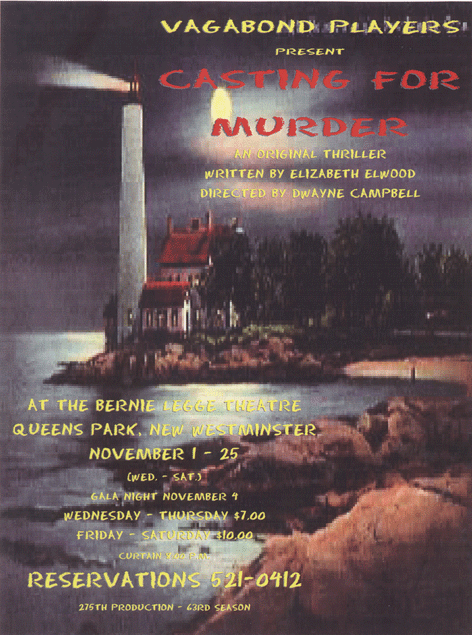
The original short story is set in an actress’s apartment in Vancouver. It is told from the point of view of the actress, and the plot revolves around four characters. Once I began to consider a script, I realized that there were not enough characters to make a traditional murder-mystery play, so unless I wanted to write the piece as a Sleuth-style character study, I had to add to the cast list. I also realized that the setting was another obstacle—both for time and place. The murder takes place long before the story begins and in a different location from the story setting. Furthermore, part of the investigation has already taken place. In other words, I had a story that had no real action and was merely a conversation between three people. Since a play depends on the audience seeing some action on stage, it didn’t take me long to realize that an entirely different approach was needed.
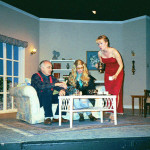
Once I accepted that the setting had to be changed and the cast of characters increased, I realized that I could also add new action to make the play more interesting. Basically, I needed extra murders and a more mysterious location than a downtown apartment. At the time I was preparing to write, we were vacationing in Pender Harbour. We were doing a lot of boating up and down the coast and seeing the exclusive homes on privately owned islands.

That holiday gave me my setting: a privately owned island off the Sunshine Coast, where, in traditional whodunit style, my characters could be stranded due to a storm. Having made that decision, the play started to ripple off my fingers. The first two acts flew by, but then I became stuck again. The third act was torture to write, and I probably revised it ten times before I finished. The trouble I had with Act Three also forced me to go back and make revisions to the earlier acts.
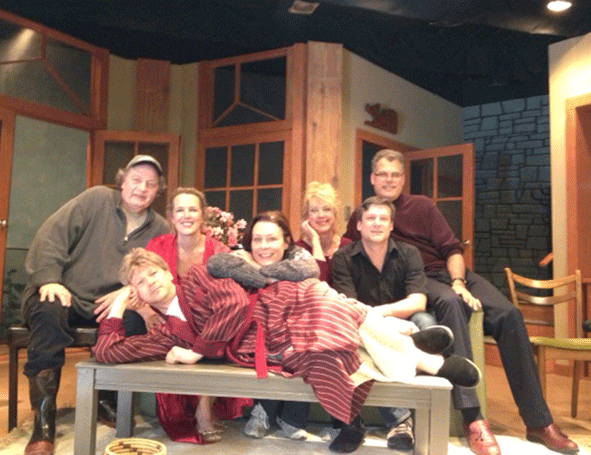
The reason it is so hard to write the final act of a mystery play is simple. Audiences expect their mysteries to be neatly wrapped up with all loose ends explained, but they do not want to be bored by lengthy sections of exposition. Therefore, in order to ensure people are satisfied with the ending, but not stultified by a mass of anticlimactic dialogue, you need to front load as much information as possible prior to the climax, and leave only minimal details to be revealed in the final act. You need to slip pertinent detail into many different dialogues and action sequences, and assign these to a variety of characters. This serves two purposes: less chance for the audience becoming bored and more equal distribution of lines for the actors. It’s also best if you can slip information into action sequences that seem unrelated to the mystery—sort of a visual red herring—thus the audience may be distracted by the action and miss the clues.
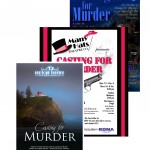
Ultimately, I finished the script, but when the play was first produced in 2000, I quickly discovered that more revisions were needed. The dialogue had to be further simplified and many more cuts were made. As the director and I whittled the script down until only essential material remained, the play become more streamlined. In hindsight, I would probably have cut even more from the script. However, the play does seem to work, and has had seven productions in various parts of Canada, so it has certainly done well.

What did I learn that I later applied to future plays? There was one outstanding lesson that all mystery playwrights need to know. Never have a murder on stage unless it’s at the end of an act. Otherwise the director will have an impossible time knowing what to do with the body. Dwayne Campbell, who so ably directed the first production of Casting for Murder, came to me after a blocking rehearsal and pointed out that the final murder would have to take place off stage. He told me that they’d tried everything, including having the corpse die behind the sofa, but even then, there were feet pointing out like the witch in The Wizard of Oz. The end result had been a great deal of hilarity and the realization that my play would rapidly turn from mystery into comedy. Needless to say, we rewrote in a hurry, and I’ve never made that mistake again.
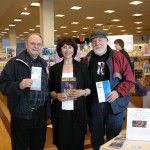
The other significant lesson for me was never to write another three-act play. These days, people do not seem as willing to spend long and leisurely evenings in the theatre, and shorter is considered more desirable by play-reading committees. I personally hate the way companies compress three-act plays and operas into two acts, and would far prefer to have the additional intermission. However, this is the trend of the times. I have seen Casting for Murder performed both ways, and there’s no doubt that it works far better in the three-act format. Scarborough did an excellent three-act production, but most companies squeeze the play into two acts. My advice to playwrights is: if you want your play performed the way you wrote it, stick to the two-act format. It’s by far the most popular with theatre groups.
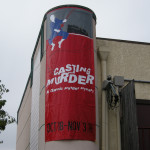
And the final lesson I learned? It’s a lot easier writing a play from scratch than trying to adapt a story to the stage. If I tried such an adaption again, I would simply list the key characters, make a timeline of the plot, pick out the one most significant event, and then build the play about that and forget everything else in the story. Still, creating Casting for Murder was a great writing exercise and it continues to roll on, so I guess I did something right!
Next: Reversing the process—how Renovations became “Sisters in Crime”.
